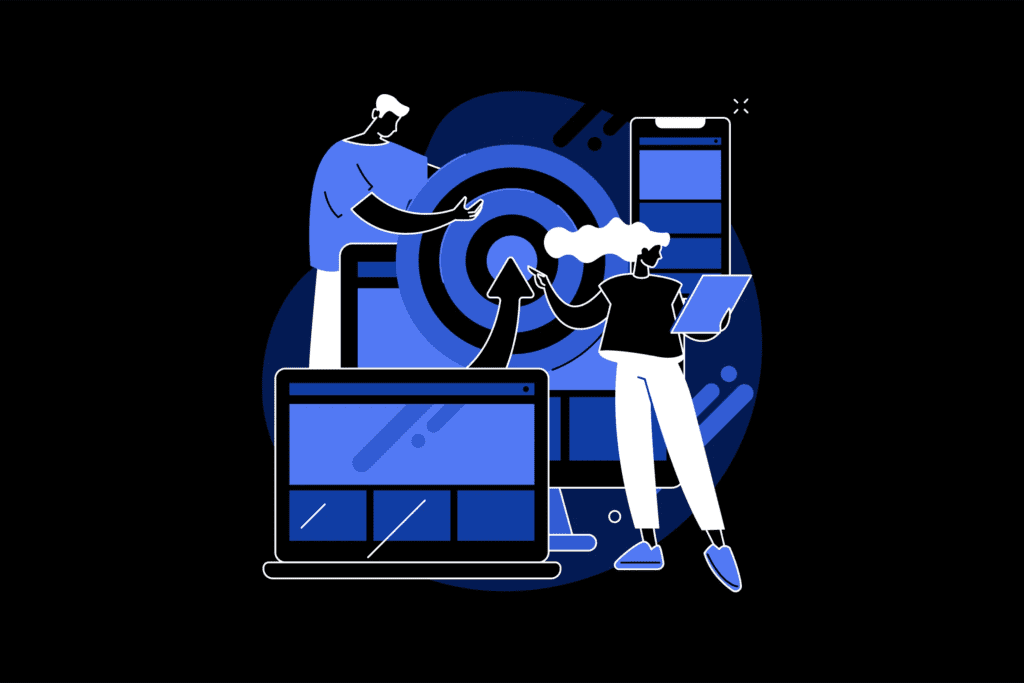The digital audio market has been experiencing incredible growth, especially within podcast advertising, which surpassed $1 billion in 2021 for the first time ever. This growth represents a 74% year-over-year (YOY) increase in revenue, which is more than twice the 35% YOY increase the entire internet media category experienced.¹ As a result, we’re seeing our industry innovate and advance the audio-buying experience.
There are a number of reasons for this growth, but a lot of it has to do with a shift in consumer consumption behaviors.
According to Signifi Media, “As consumer habits are changing globally, people are increasingly streaming music and podcasts to their phones and other connected devices. This surge creates unique opportunities for programmatic audio ads.”²
As trailblazers in the audio industry, Ad Results Media is really excited about this momentum and I think we’re at a real tipping point for programmatic audio.
Programmatic audio advertising is the automated selling and insertion of ads in audio content such as podcasts, audio articles, digital radio and streaming music services. As a result, advertisers get better targeting, measurement and retargeting to execute campaigns with great efficiency.
As most brands and media buyers remember, the shift of spend to programmatic digital was met with a healthy sense of skepticism and an overall lack of confidence because of well-founded brand-safety and fraud concerns. But I believe that the shift to programmatic audio buying should be much smoother than the original shift to programmatic digital because of three inherent advantages of audio.
1. No ad stacking.
One of the most pervasive forms of digital ad fraud was ad stacking—the practice of running multiple advertiser’s digital banners in the same spot at the same time to collect exponential ad revenue from unsuspecting marketers. When the digital ads were stacked, the target audience being served these ads was only exposed to the “top” ad and all the others were buried beneath the visible ad.
Audio, by its nature, does not allow for ad stacking. There is no way to serve stacked audio ads to users because they would sound like garbled audio and be immediately identified as fraud.
2. Superior brand safety.
One of the reasons that marketers have previously felt comfortable advertising on podcasts was due in part to the manual vetting of individual shows and the relationships that advertisers can build with hosts and producers. That being said, the manual insertion of ads can be time-consuming and a hinderance to scaling the ads across all relevant properties.
Now, enter transcription targeting, a game-changing brand safety protection for programmatic advertisers. Transcription targeting is the use of machine learning to provide an automated transcription of each individual podcast episode so advertisers can be comfortable with 100% of the content in the show before they agree to advertise.
According to SXM Media, “Armed with a full transcript, marketers can quickly decide if an episode is suitable for their brand and message.” SXM Media also noted, “The transcripts can uncover new ad opportunities, too. Say a nutrition brand usually buys on ‘wellness’ podcasts, but transcripts reveal that a popular sports podcast dedicated an episode to nutrition. That advertiser could buy that particular episode, and connect with a new group of customers.”³
3. Relationships Still Matter
Even when buying audio ads programmatically, relationships with hosts and networks still matter, unlike with digital ad inventory that is scattered across the stratosphere of potential publishers. In an industry so poised for explosive growth, key players along the supply chain are working and innovating together to make programmatic audio advertising the success we all know it can be. It’s a rising tide that’s raising all our ships.
Podcast hosts and networks will work with brands and specialized agencies to ensure that their advertiser’s ads are reaching the right audience within the right context, and even use host-read creative when applicable. While shifting spend to digital programmatic was initially a leap of faith, programmatic audio provides greater control of delivery through the personal nature of the personality-driven media.
As you begin to explore all the opportunities that programmatic audio holds for advertising, you can learn more from the team at Ad Results Media.
Read the original Ad Age article here.
--
Sources:
¹ "2021 IAB U.S. Podcast Advertising Revenue Study".
² “The Power of Programmatic Audio Advertising”.
³ "Transcription Targeting is Officially Here, and Here’s Proof It’s Already Working”.

